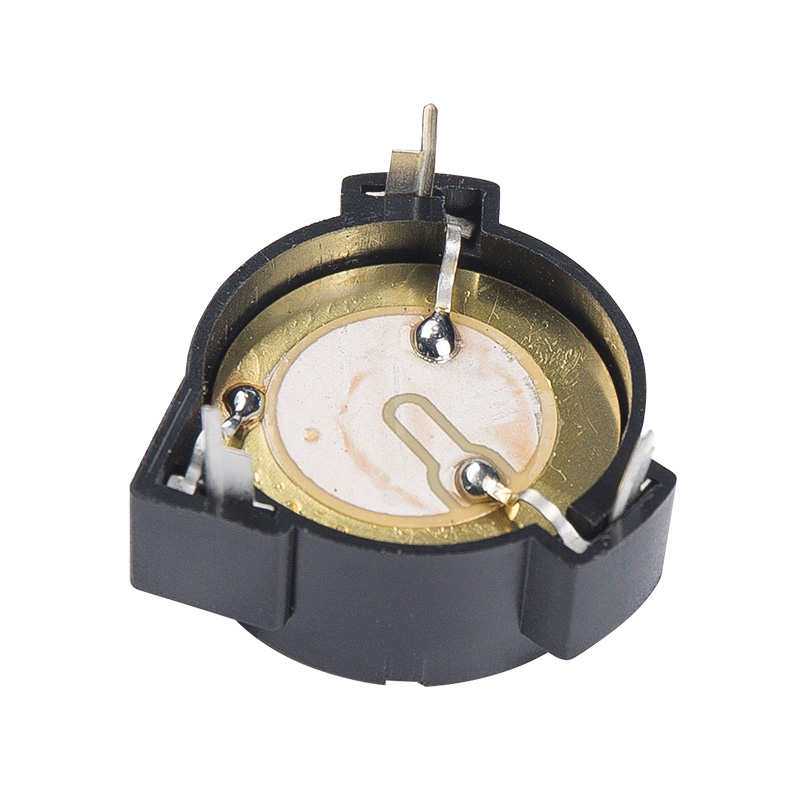Loud transducers, especially 12V models, are constructed from various materials that influence their performance, durability, and sound quality. Here are the key materials commonly used:
Diaphragm Materials
Mylar (Polyester): Widely used for its lightweight and stiffness, providing good sound reproduction and durability.
Paper: Often used for lower-cost models, it offers a warm sound but can be less durable in humid conditions.
Polypropylene: Known for its moisture resistance, it enhances durability while maintaining sound quality.
Magnet Materials
Ferrite Magnets: Commonly used for their cost-effectiveness and sufficient magnetic strength in many transducers.
Neodymium Magnets: More powerful and compact, these magnets improve efficiency and sound output but are generally more expensive.
Voice Coil Materials
Copper: Frequently used for voice coils due to its excellent conductivity, contributing to effective sound transmission.
Aluminum: Sometimes used for its lightweight properties, which can enhance response time in the transducer.

Frame and Housing Materials
Plastic: Common in budget-friendly models, it is lightweight and can reduce vibrations but may not be as durable.
Metal (Aluminum or Steel): Provides better durability and resonance control, often found in higher-end models.
Surround and Spider Materials
Rubber: Used for the surround due to its flexibility and durability, allowing for better movement of the diaphragm.
Foam: Sometimes used for the surround, offering a softer feel but may degrade faster over time.
Wiring Materials
Copper Wire: Used for internal connections, ensuring efficient electrical conductivity.
The choice of materials in a 12V loud transducer is crucial, as they directly impact sound quality, durability, and overall performance. By selecting the right combination of materials, manufacturers can optimize the transducer for various applications, from home audio systems to automotive sound setups.


 EN
EN  English
English Deutsch
Deutsch 中文简体
中文简体
